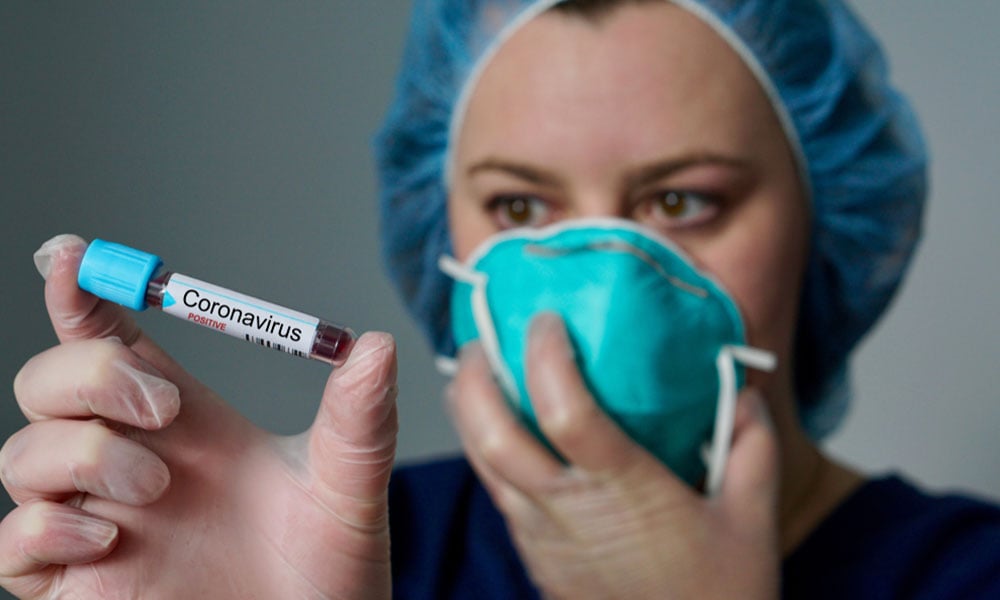Employers must ensure they are protecting their workers from any potential threat

The coronavirus is making headlines around the world, largely as it relates to public health and safety. However, occupational health and safety professionals and their employers have a role to play in protecting workers from this potential threat. To date, nearly 25,000 cases have been confirmed worldwide, with almost 500 resulting in death, so now is a good time for organizations to ensure they are prepared. (At press time, just four cases had been confirmed in Canada with no fatalities).
Any organization where workers are in direct contact with the public is at risk, particularly those in health care, community care and transportation. Employers have a general duty to take every reasonable precaution to protect workers from hazards in their workplace and they should be currently reviewing their program for emergency preparedness. When a new virus is identified in the workplace, employers and workers should follow their already established hazard-assessment protocols.
“How do public safety employers protect their workers when they come into contact with somebody who appears to be unwell?” said Tanya Morose, manager of prevention, engagement and retention for public safety at the Public Services Health & Safety Association in Toronto. “Our hope is not that this is about the coronavirus… but what precautions would the person take when they go to a call and somebody looks unwell?”
Employees must be properly trained in their organization’s procedures for infection reduction and steps to mitigate exposure. They should also be well-versed in the company’s pandemic influenza plans that should already be in place.
According to the Public Service Alliance of Canada (PSAC), handwashing should be encouraged and hand sanitation stations provided; surfaces must be kept clean, such as door handles and elevator buttons; employees should be encouraged to stay home when they are sick; and a policy should be in place where people with flu symptoms are not allowed to access the workplace.
The Canadian Union of Public Employees (CUPE) recommends employers follow the hierarchy of controls in their prevention plans. Starting with engineering controls, employers should have the following in place: isolation wards and self-contained areas to reduce exposure when cases are suspected; proper ventilation; and separate entrances and exits in health-care workplaces for those with flu symptoms. The workplace can also be physically altered to prevent the spread of viruses, the union notes.
When it comes to administrative controls, workers should be educated on the coronavirus; infected patients in health-care settings can be grouped together to limit worker exposure; tasks can be combined to limit the number of workers entering the area; and housekeeping and laundry protocols should be in place to reduce the spread of the virus.
Personal protective equipment is the final step, but it’s important in reducing the spread of a virus. CUPE recommends N95 respirators be provided for all workers, and they be encouraged to wear gloves, face shields and gowns as appropriate.
In Ontario, all emergency services workers must have 24-hour access to a designated officer. This individual provides support to and advocates for any worker who has reportedly been exposed to a communicable disease. According to the Public Services Health & Safety Association, the designated officer does not diagnose or provide medical treatment, rather they shepherd the worker through the process, which may include baseline testing, mandatory blood testing application, post-exposure prophylaxis, follow up testing and emotional support.
“They play a supportive role in the organization as the person goes through a situation that really could be highly emotionally charged,” said Morose.
The designated officer may also provide reassurance to workers who are concerned that they have been exposed to a disease.
“They might explain to the person that even though that situation was kind of gross, there was not a significant exposure,” Morose said. “Yes, there may have been blood or bodily fluids, but you followed PPE requirements and there was no exposure.”





